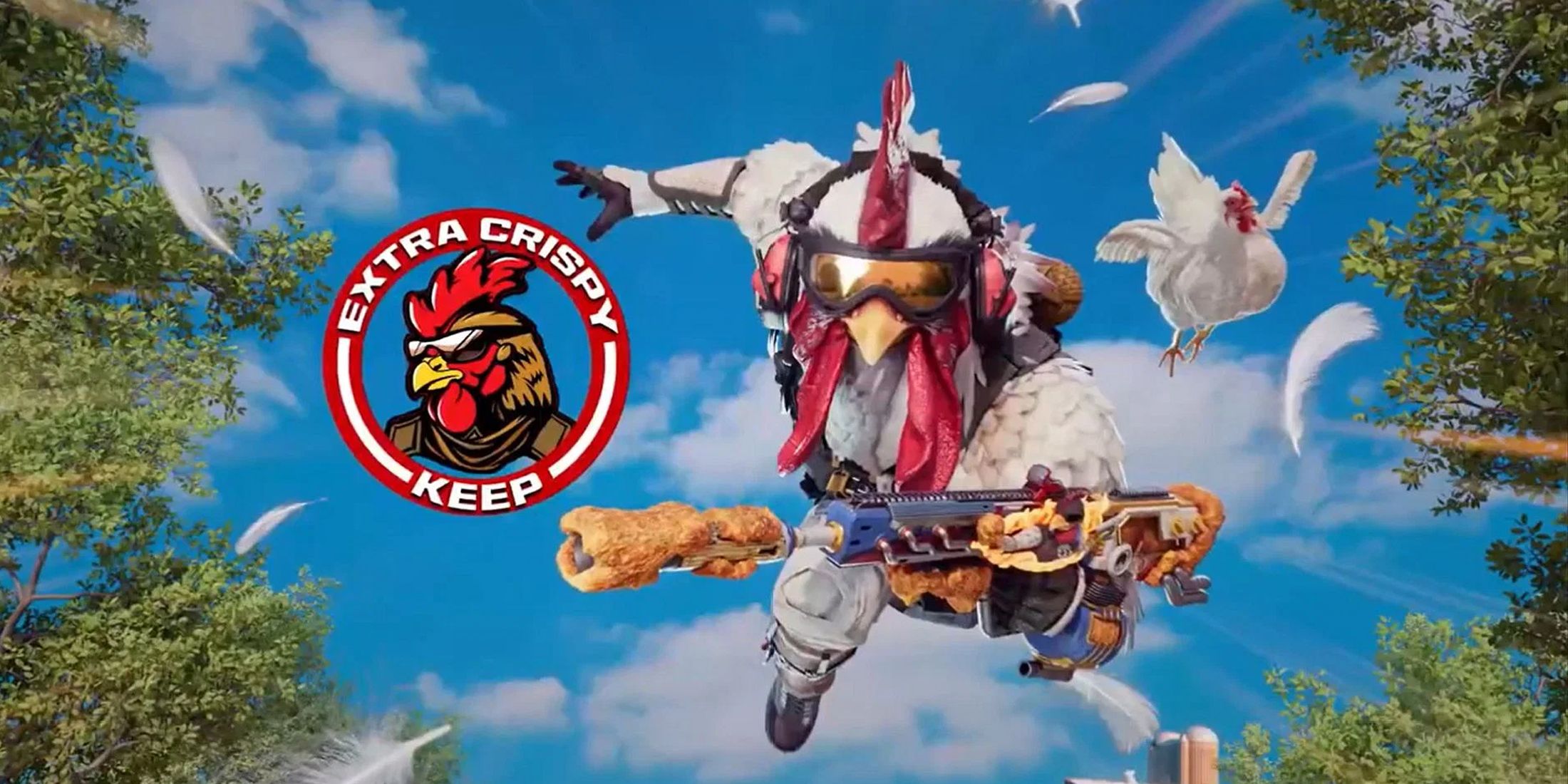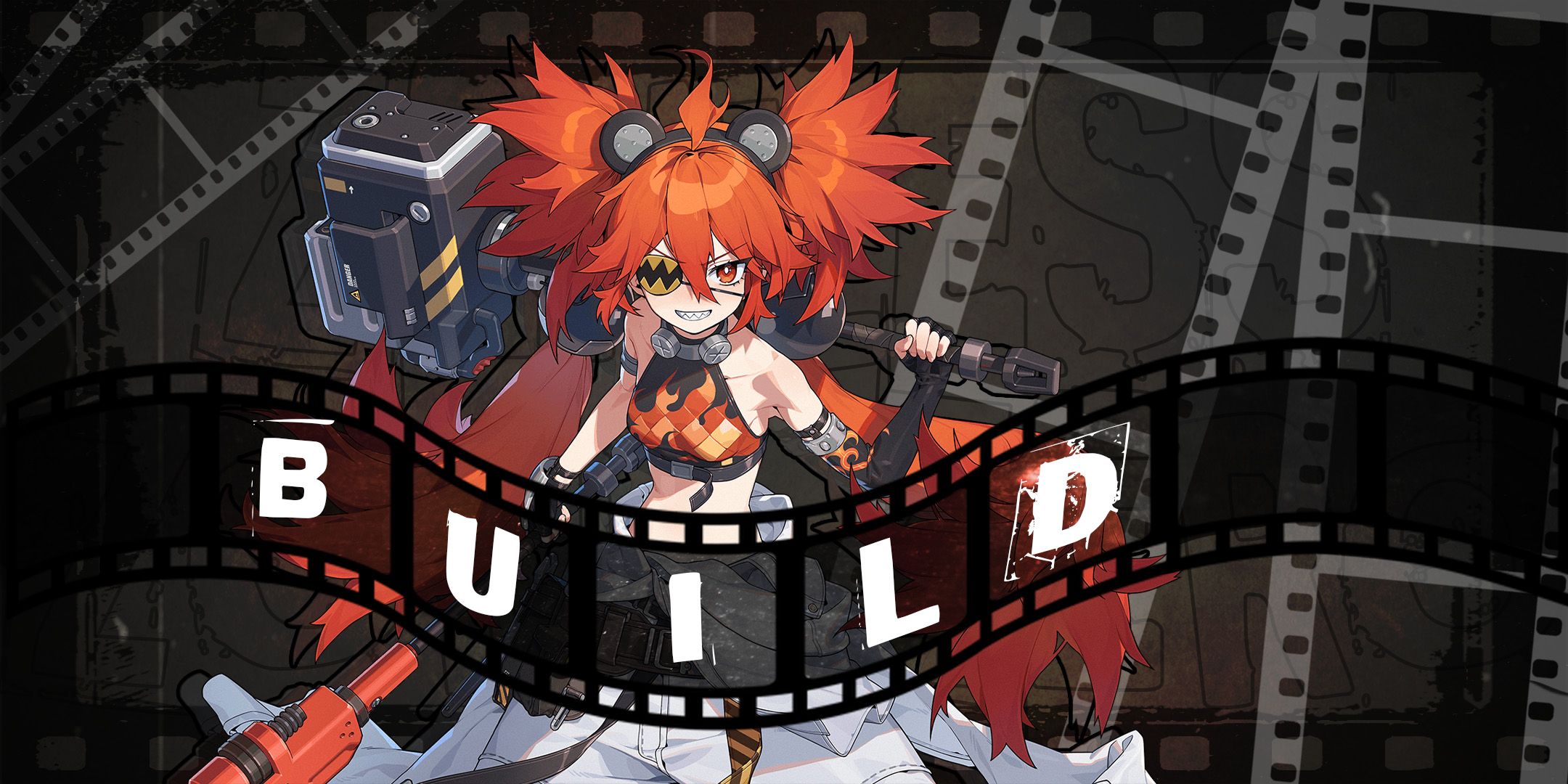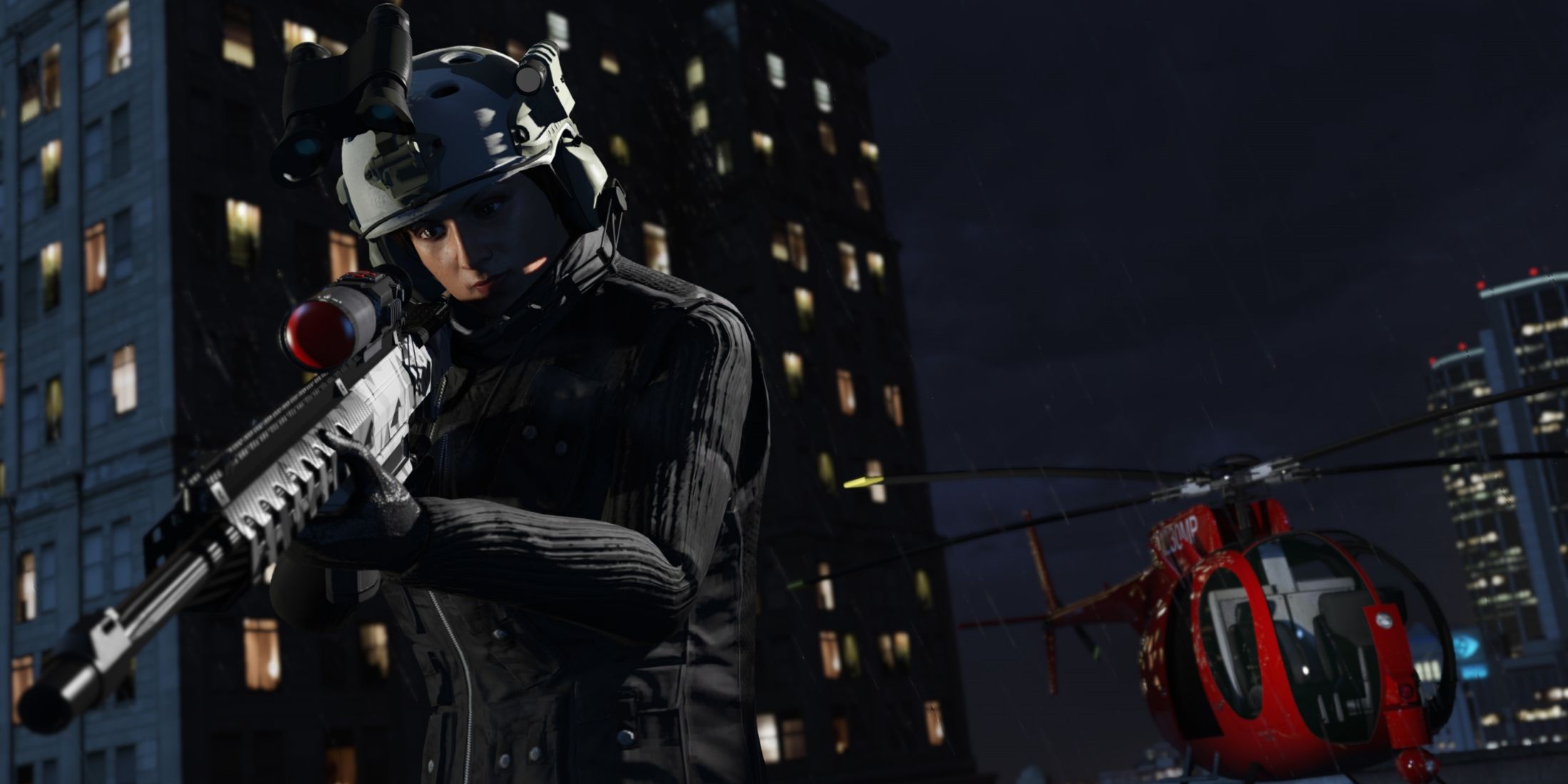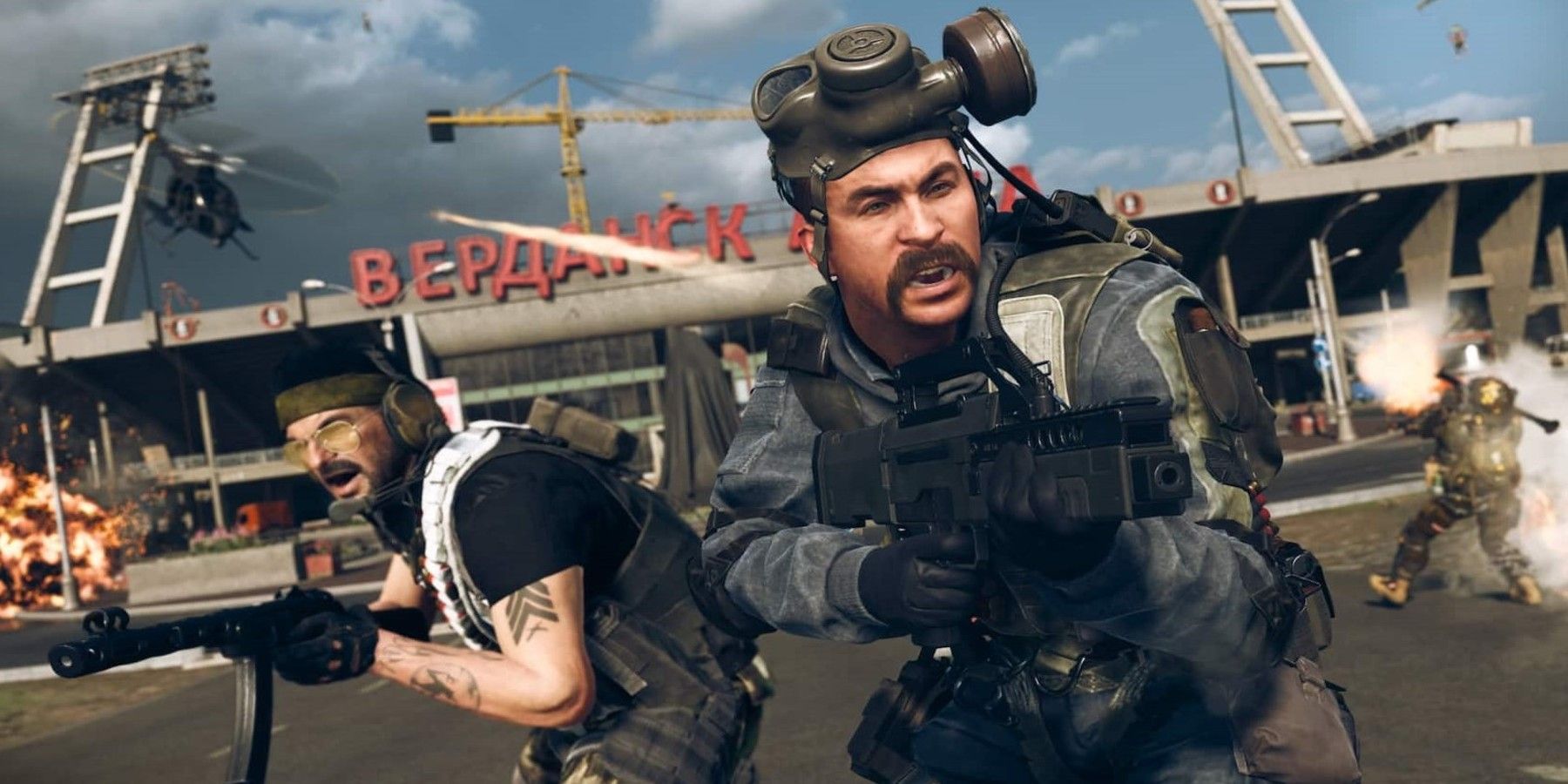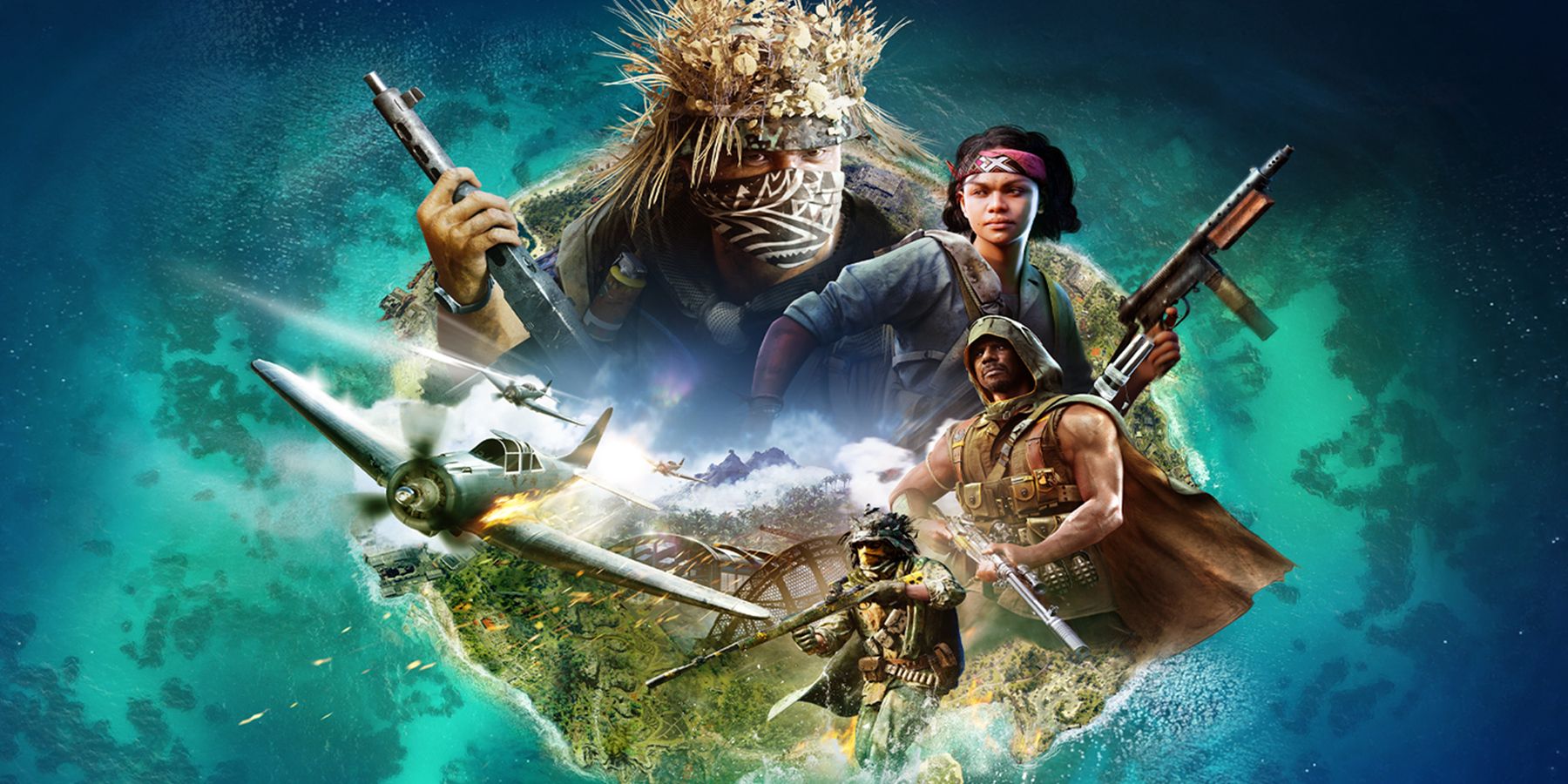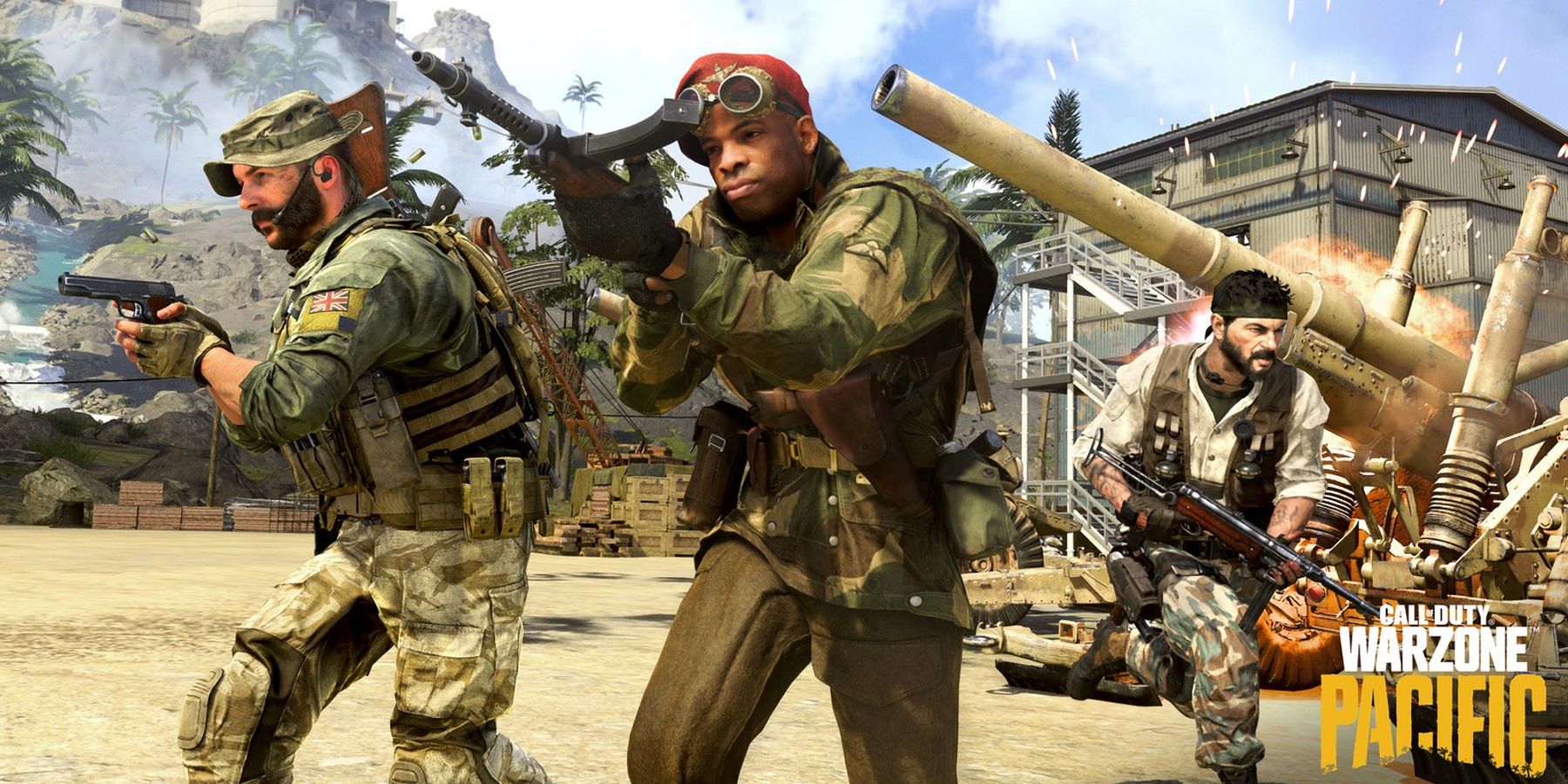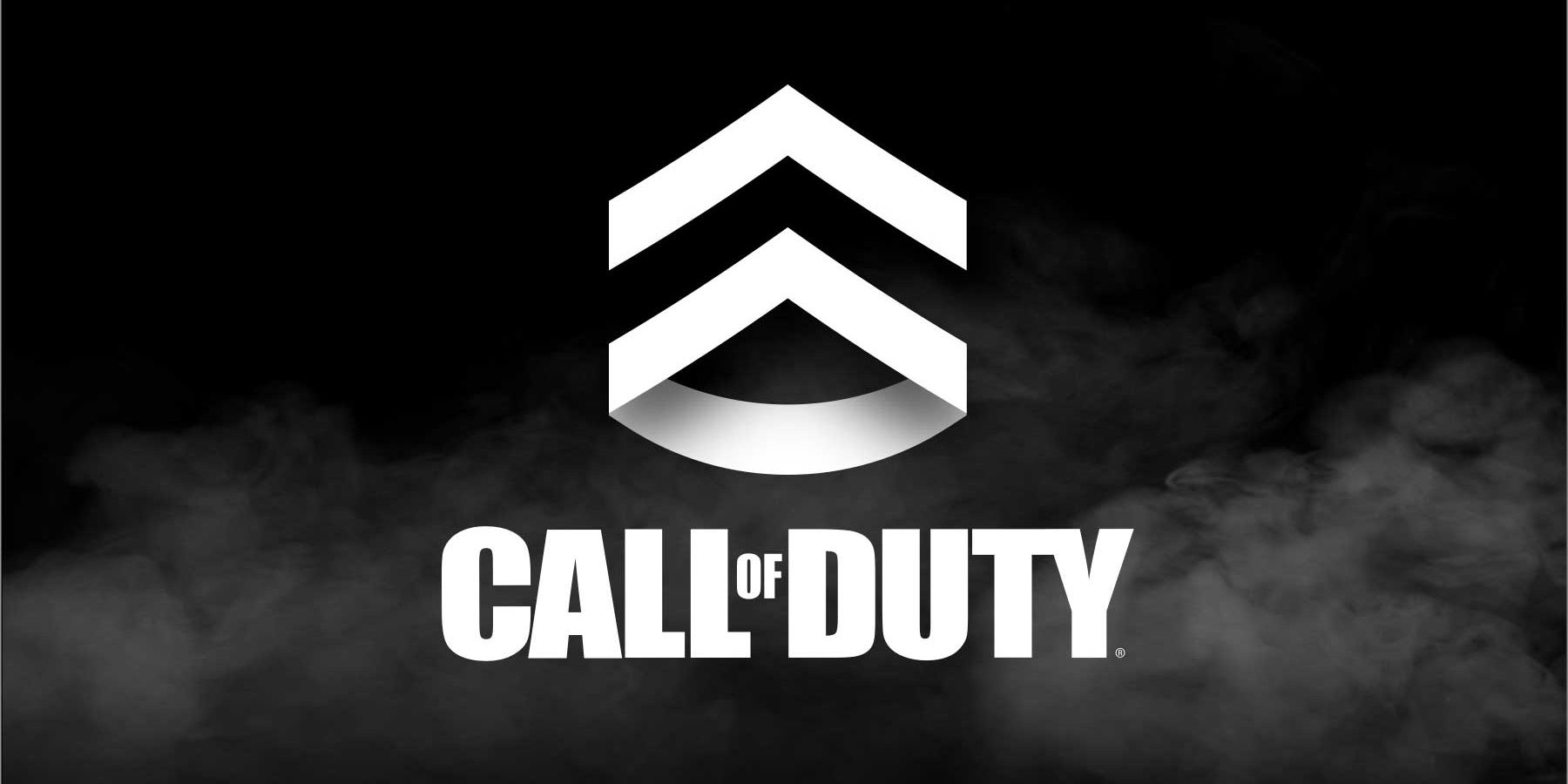While plenty has been said about the various issues plaguing Call of Duty: Warzone, one of the most consistently debated topics is something that is meant to be exciting. Integration with new, standalone Call of Duty titles allows Call of Duty: Warzone to evolve, getting additional arsenals of weaponry and batches of Operators for battle royale fans to try out.
Unfortunately, two messy integrations have seen the Call of Duty: Warzone community becoming divided. Some players support the concept of integration, as they prevent the game from feeling stale. Others feel that integration does more harm than good, bringing about problems that did not exist when the game had a more focused content pool. As a result of this divisiveness, some gamers have called for proper Call of Duty: Warzone sequels in place of integration, and this could benefit the franchise in a few key ways.
The Problems With Call of Duty: Warzone’s Integration Plan
There are a few major issues with Call of Duty: Warzone’s integration periods, but one of the most noteworthy is weapon balancing. Longtime players will remember how unplayable the game was during the early Call of Duty: Black Ops Cold War Seasons, as weapons like the DMR 14, FFAR, and AUG were the only viable choices. Unfortunately, the Cooper Carbine from Call of Duty: Vanguard is proving to be overpowered as well, showing that this remains an issue.
Another problem with integration is that additional content usually brings new and returning bugs along with it. Not only did Rebirth Island and Verdansk 84 have problems with out-of-map glitches and exploits, but so too has Caldera. The Call of Duty: Warzone Pacific map has also been the victim of the returning demon texture glitch, with countless other problems tied to Caldera’s Gulag as well. New skins have been bugged, too, giving players unfair advantages or ruining the experience.
On top of this, there is getting to be too much content in Call of Duty: Warzone. Having over a hundred weapons makes balancing all of them difficult, while the sheer number of Calling Cards, Emblems, and Operators can see players searching through menus for ages just to find what they want. The gadgets and tools from Call of Duty: Modern Warfare can feel out of place alongside Call of Duty: Vanguard’s old guns, hurting immersion for those that care about it. Perhaps the biggest issue with the overwhelming amount of content, though, is that not everyone wants it.
Some players preferred Call of Duty: Warzone when it was limited to Call of Duty: Modern Warfare cosmetics and weaponry, believing the game has become too unfocused with each passing integration. Others would have preferred if Call of Duty: Black Ops Cold War content was the only thing available when that game was active, and the same can be said for Call of Duty: Vanguard. The popularity of the Vanguard Royale playlists, and outrage around their recent removal, is proof of this.
Why Call of Duty: Warzone Sequels Could Prevent Integration Issues
While hypothetical Call of Duty: Warzone sequels would obviously need to stick to the free-to-play approach, as that is a big reason that the battle royale genre is so successful, they could be different in other ways. A sequel could release every other year, and it could be directly tied to a previous Call of Duty game. For example, Call of Duty 2023 could get its own version of Call of Duty: Warzone in 2024, with the game being built around Call of Duty 2023 weapons, Operators, and features. The next standalone Call of Duty game could then get its own Call of Duty: Warzone game, leaving behind the previous version of Warzone instead of merging the two.
With this approach, keeping Call of Duty: Warzone balanced would be significantly easier, as the pool of content would be more limited. Players would be able to easily navigate through the weapons and cosmetic items from a single Call of Duty title, not worrying about having too much to keep track of. A Call of Duty: Warzone sequel could make full use of the mechanics seen in the Call of Duty title it is tied to, and it could have a map that shares the same era. A Call of Duty: Modern Warfare 2 version of Warzone, for example, could feature a modern city map and mechanics like night vision. Likewise, a futuristic Call of Duty title could get a version of Warzone with advanced movement, and a Black Ops version of Warzone could have swimming and Specialist gear.
By keeping a Call of Duty: Warzone sequel tied to just one mainline title, the game would hopefully be more polished. Players could run into less Call of Duty: Warzone glitches, and Raven could patch problems that do arise more quickly. With just one map and a third of the content to manage, each Call of Duty: Warzone sequel would be more easily accessible. Further, players could stick to the Call of Duty: Warzone game that they like most, enjoying the arsenal and locales of one time period without worrying about other era’s gadgets being introduced.
How Call of Duty: Warzone Sequels Could Improve The Franchise’s Yearly Release Format
Perhaps the best thing about Call of Duty: Warzone successors is that they could make the series’ yearly release format less problematic. Many gamers have been critical of this approach, especially in recent years since the format seems to be having a negative impact on the quality of new releases. However, it is unlikely to ever change, as even CoD titles like Call of Duty: Vanguard that sell less than usual perform very well commercially.
While Call of Duty’s yearly rotation will likely stick around for the long haul, Call of Duty: Warzone sequels being brought into the fold would give developers more time to make games. A two-year cycle for Call of Duty: Warzone games could be seen, with one releasing in between every main entry. The Treyarch-made Call of Duty 2023 could be a mainline entry, while Raven could release a Call of Duty: Warzone game in 2024. Sledgehammer could drop a new mainline title in 2025, while Raven could use that game’s assets for a new Call of Duty: Warzone tie-in in 2026. Infinity Ward would be up to bat in 2027, Raven in 2028, and then Treyarch again in 2029.
Dropping Call of Duty: Warzone titles after a main entry would keep Call of Duty games yearly without damaging quality. Treyarch, Infinity Ward, and Sledgehammer would have twice as long to make their games, ensuring that each is full of content and as polished as they could possibly be. In the years when a Call of Duty: Warzone sequel releases in place of a premium game, the game from the previous year could continue to get new content. This would mean that games like Call of Duty: Modern Warfare would be kept alive for longer, with Call of Duty titles thriving for two years as opposed to one. If a Call of Duty game is popular, seeing it abandoned after just a year is always a letdown, so this would be a welcome change.
Obviously, this is unlikely, as Activision is finding plenty of success with its current approach. However, dropping a new Call of Duty: Warzone game every other year could be the healthiest thing for the series. Fans could get more content for the games they pay for, while the free-to-play battle royale games would avoid all the problems that integration has been causing. With the current state of the Call of Duty brand forcing Activision to apologize, something needs to change. Considering that the Call of Duty franchise is now built around Call of Duty: Warzone, the battle royale title is the first place Activision should look when making the necessary adjustments.
Call of Duty: Warzone is available now on PC, PS4, and Xbox One.

